IFEX daily log
Monday, September 19, 2005
Tropical Depression #18 became Tropical Storm Rita by Monday morning.
Infrared imagery (Fig. 165) shows a rather disorganized system, with convection mostly
located in a band that wraps around the northeast side and concentrated on the southwest
side of the circulation center. This banded structure is also supported by an AMSR
microwave overpass from a few hours earlier (Fig. 166). This band would be the target
for the NRL P-3 to fly. Since N43RF is flying a tasked mission, there is no flexibility for
the pattern it will fly. It will fly a figure-4 pattern with 105-nm legs beginning on the
southeast side of the storm. Shear is light over the system (Fig. 167) and the waters are
still very warm (not shown), indicating a favorable environment for continued
intensification. The low-level steering flow (Fig. 168) bring Rita west into the Florida
Straits and then possibly turning to the west-southwest along the southern side of a strong
anticyclone located over Louisiana and Arkansas. Track forecast guidance (Fig. 169)
reflect this pattern for the first few days, bringing Rita into the southeastern Gulf of
Mexico in two days. After that point, however, Rita is forecast to turn more to the west-
northwest. Intensity forecast guidance (not shown) indicates Rita could be a minimal
hurricane by the time it reaches the Florida Keys and then possibly develop into a strong
hurricane in the Gulf. Rita will clearly be a significant player for the next several days.
The mission into Rita with N43RF and the NRL P-3 was a successful one.
N43RF mapped out the surface winds using the SFMR and performed its tasked fixes at
18 and 21 UTC. Upon reaching the storm, the LF from N43RF showed that there was
also a band on the southwest side of the storm. This was the band that was targeted by
the NRL P-3 (Fig. 170). N43RF was tasked again to fly a SFMR into Rita the following
day. The NRL P-3 would not fly on this day, since the system would be close to land
between Cuba and the Florida Keys. Today’s flights did provide a good mapping of a
potentially significant hurricane in the early stages of its development.
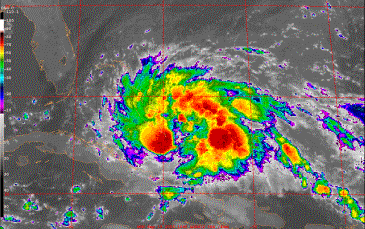
Figure 165. GOES-East infrared image valid 1045 UTC September 19.

Figure 166. AMSR-E 89 GHz microwave image of Tropical Storm Rita valid 0655 UTC
September 19.
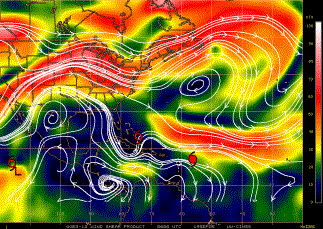
Figure 167. CIMSS-derived 850-200 hPa vertical wind shear (shaded, kt) valid 06 UTC
September 19.

Figure 168. CIMSS-derived 400-850 hPa layer-averaged winds (shaded, kt) valid 06
UTC September 19.
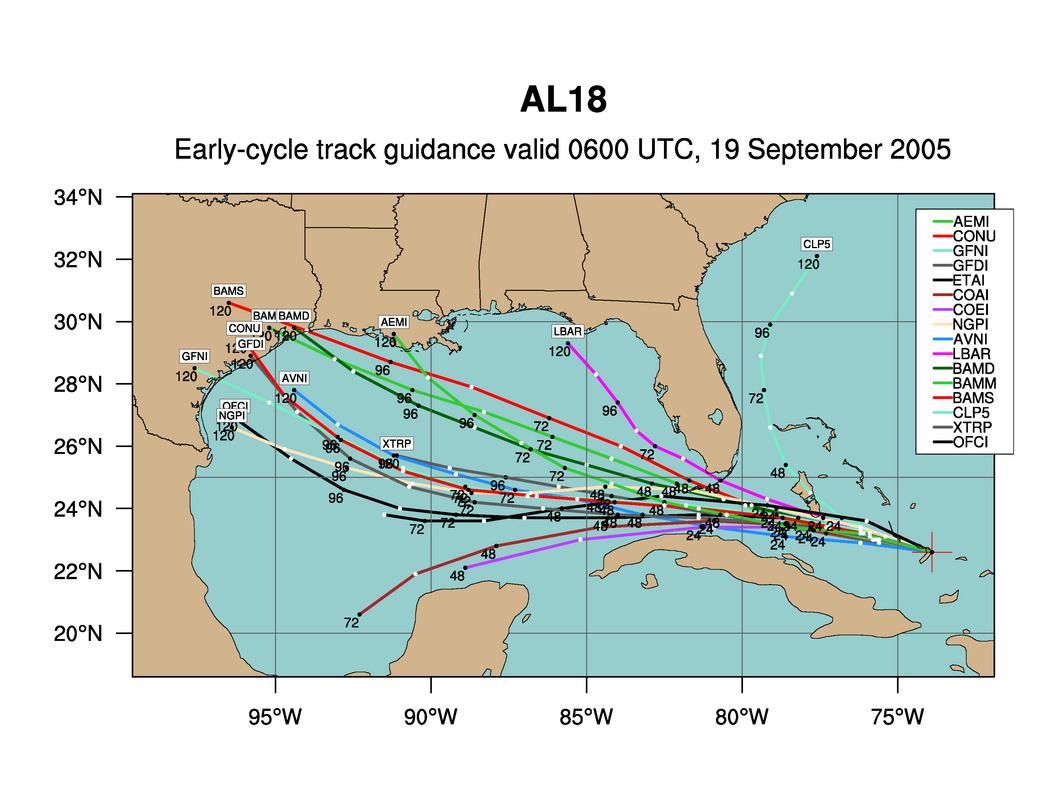
Figure 169. Track forecast guidance for Tropical Storm Rita valid 06 UTC September
19.
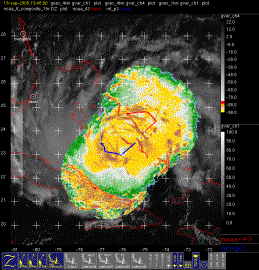
(a)
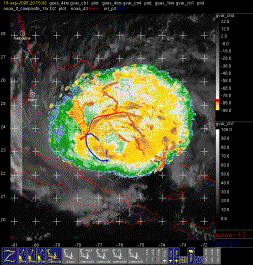
(b)
Figure 170. Plot of lower fuselage reflectivity (shaded, dBZ) from N43RF and flight
tracks of N43RF and the NRL P-3 during previous 40 minutes for (a) 1945 UTC and (b)
2015 UTC September 19, 2005
The mission into Rita with N43RF and the NRL P-3 was a successful one.
Elsewhere in the tropics, Tropical Storm Philippe has been upgraded to Hurricane
Philippe (Fig. 171). It is northeast of the islands and is forecast to continue moving
toward the north-northwest. Because of the presence of Tropical Storm Rita so close to
the U.S. mainland, however, Philippe is no longer a target of interest.
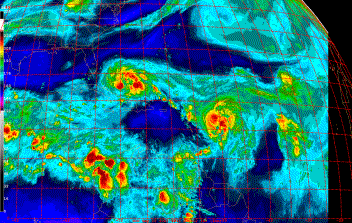
Figure 171. GOES-East water vapor image valid 1045 UTC September 19.
Rob Rogers
HRD Field Program director
Return to IFEX calendar page
![[Atlantic Oceanographic and Meteorological Laboratory]](../../../hrd_top_logo7.jpg)
![[OAR/DOC/NOAA Logos]](../../../oar_noaa_doc_logos3.jpg)